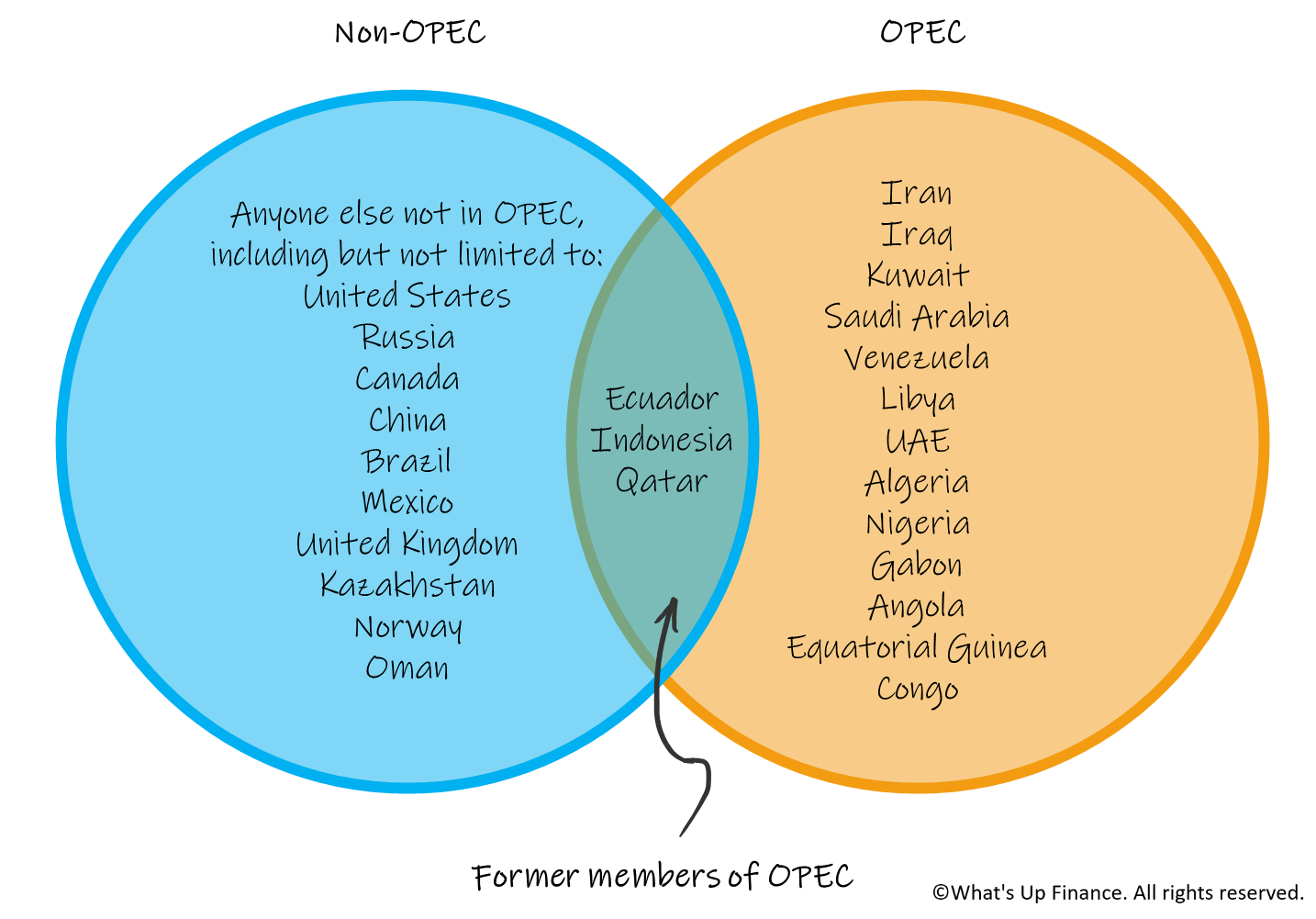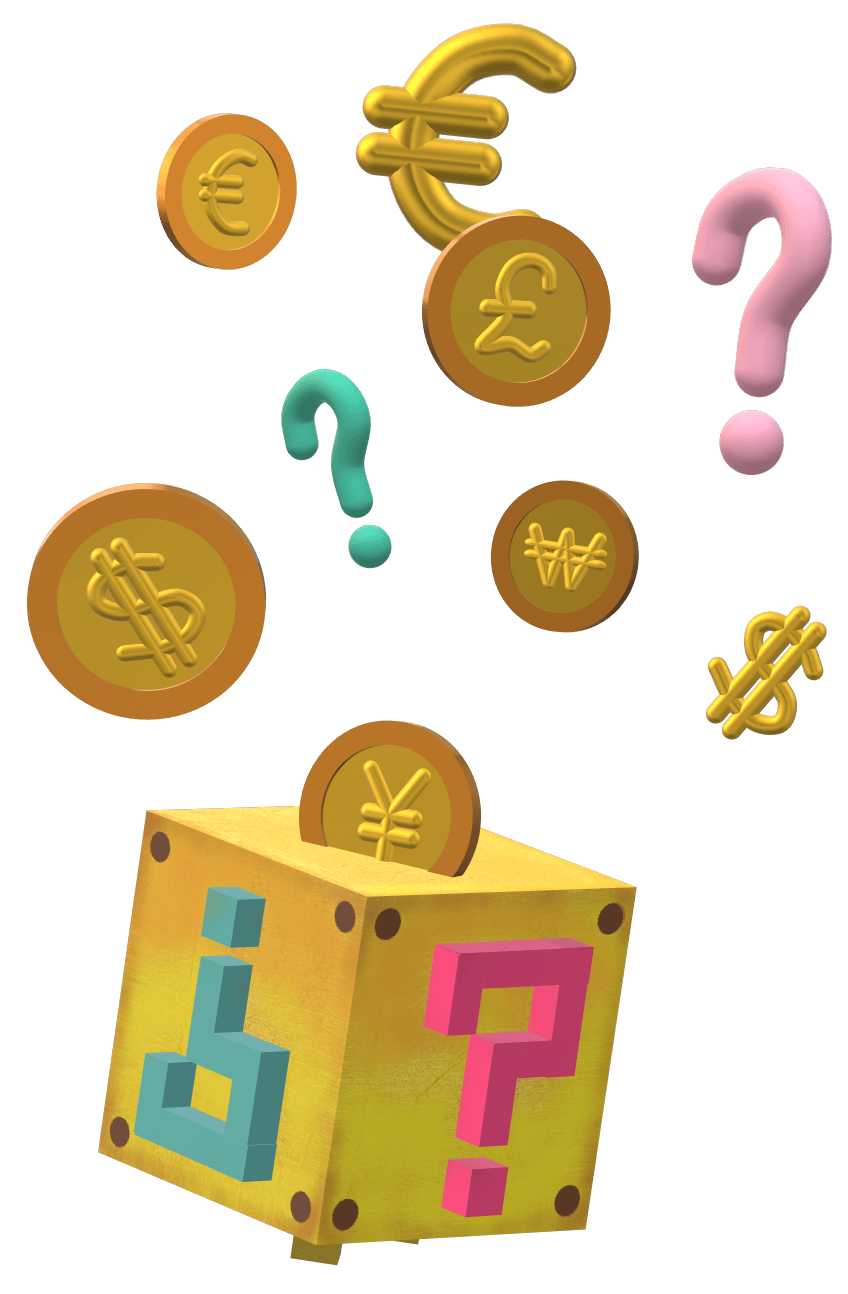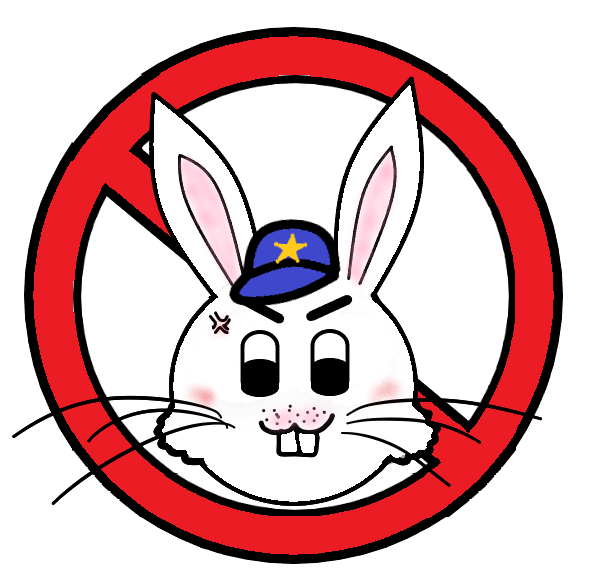A discussion about oil is not complete without bringing up OPEC. It is yet another acronym we will explore. OPEC stands for Organization of Petroleum Exporting Countries. Founded in 1960, OPEC is a permanent intergovernmental organization that coordinates and unifies the petroleum policies of its members in addition to providing member states with technical and economic aid. In essence, OPEC members coordinate to control and manage the supply of oil with the objective to set the price of oil in the global market. There are currently 13 members in OPEC including:
- Iran
- Iraq
- Kuwait
- Saudi Arabia
- Venezuela
- Libya
- United Arab Emirates
- Algeira
- Nigeria
- Gabon
- Angola
- Equatorial Guinea
- Congo
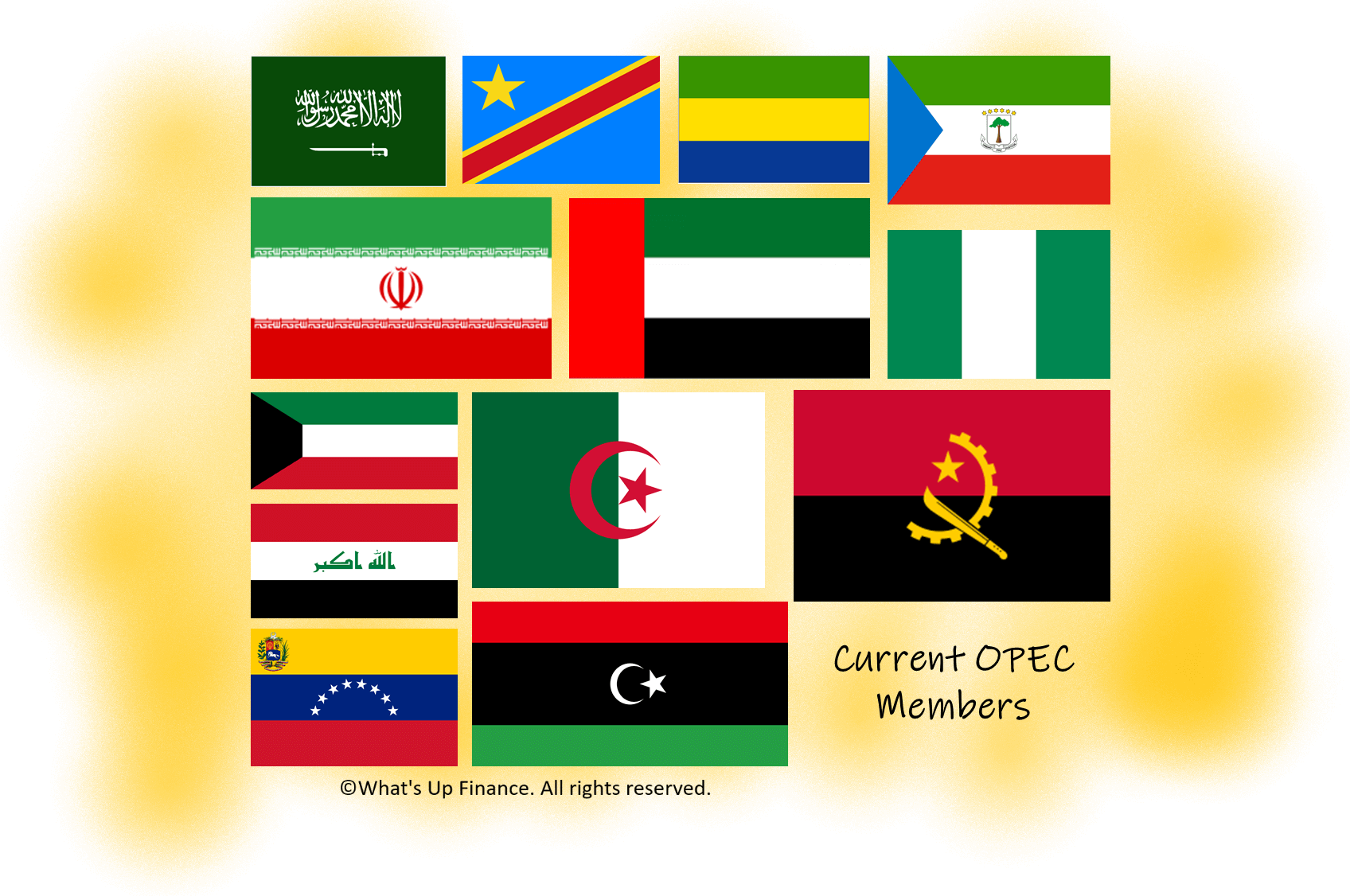
History of OPEC
In 1960 when OPEC was formed, the founding members included Iran, Iraq, Kuwait, Saudi Arabia, and Venezuela. The headquarters of the organization is in Vienna, Austria where the OPEC Secretariat carries out OPEC’s day-to-day operations. Membership of OPEC has shifted over time and now consists of 13 countries.
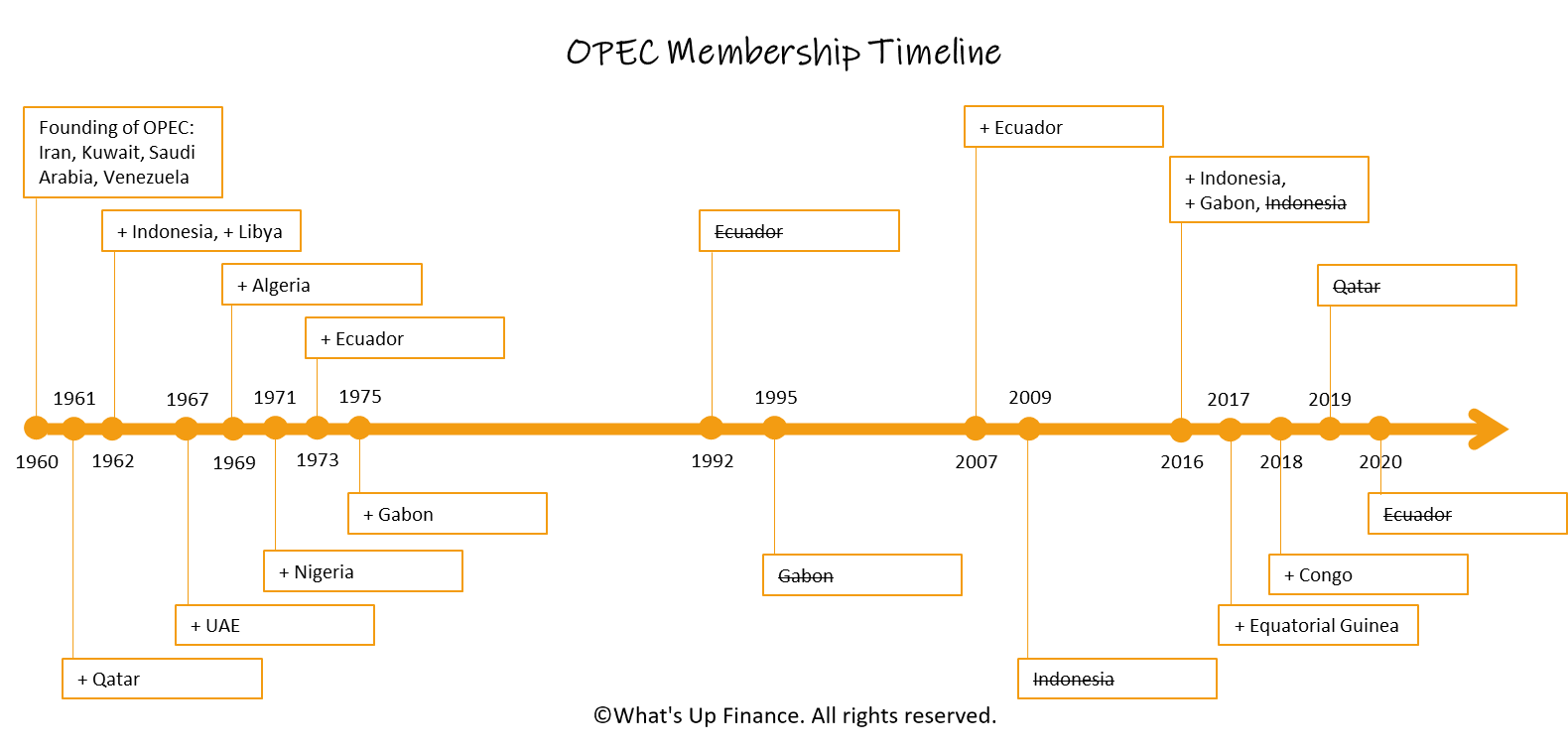
How Does OPEC Work?
OPEC’s mission is “to coordinate and unify the petroleum policies of its Member Countries and to ensure the stabilization of oil markets in order to secure an efficient, economic, and regular supply of petroleum to consumers, a steady income to producers, and a fair return on capital for those investing in petroleum industry.”
The principle is that if OPEC controls enough of the world’s oil supply, it can influence the price determination of oil. This becomes an optimization game where OPEC members want to maximize revenue by toggling (i) oil prices and (ii) quantity of oil supplied. OPEC is incentivized to keep oil prices as high as possible while maintaining market share, thus quantity supplied, to maximize profits for its members. In essence, OPEC is a price-fixing cartel. They hold a lot of supplier power as OPEC member countries control 79.4% of crude oil reserves across the world (according to OPEC)!
However, there is a difference between crude oil reserves and crude oil production. Reserves can be thought of as how much oil they have underground. Production is the amount of oil they actually drill out of the ground. If you recall, there are other leading world producers who are not part of OPEC. As a matter of fact, three of the top 5 oil producers (US, Russia and Canada) in 2019 are not OPEC members. They are not bound by the OPEC’s production quotas and free to produce however much oil they are able and willing to. This poses obstacles to OPEC’s mission to control the supply and consequently the price of oil.
To wrap up, here is a diagram of the major producers of oil.
